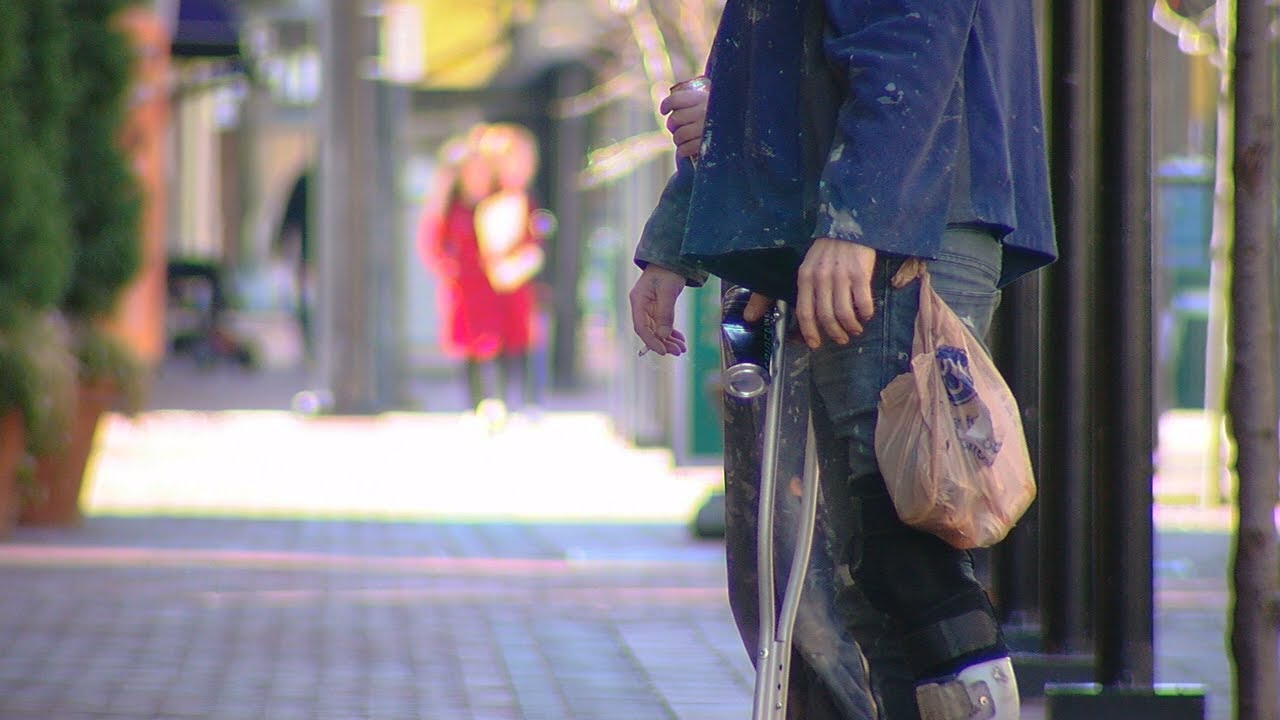What is the Poverty Threshold?
The poverty threshold refers to the minimum income level required for individuals or families to meet their basic needs. It is used as a measure to determine the number and percentage of individuals or families living in poverty. The poverty threshold varies among different states and is often adjusted annually to account for inflation and changes in the cost of living.
Poverty Threshold Definition and Explanation
The poverty threshold is defined as the income level below which individuals or families are considered to be living in poverty. It takes into account factors such as the number of members in a household and their ages. The poverty threshold is used to assess the economic well-being of individuals and families and to determine eligibility for various government assistance programs.
Factors Considered in Determining Poverty Threshold
When determining the poverty threshold, several factors are taken into consideration. These include the number and age of individuals in a household, as well as the cost of basic necessities such as food, housing, clothing, and healthcare. The poverty threshold is adjusted annually to reflect changes in the cost of living and inflation.
Poverty Threshold Calculation Methodology
The poverty threshold is calculated using the official poverty measure (OPM) methodology established by the U.S. Census Bureau. This methodology takes into account the cost of a minimum food budget multiplied by a factor of three, as food costs typically represent a significant portion of a household’s budget. The resulting figure is adjusted based on the number of individuals and their ages in a household.
Poverty Threshold in the United States
The poverty threshold in the United States is determined by the federal government and is based on the OPM methodology. As of 2021, the poverty threshold for a single individual under the age of 65 is $12,880 per year. For a family of four with two children, the poverty threshold is set at $26,500 per year.
How is Poverty Threshold Measured in Rhode Island?
In Rhode Island, the poverty threshold is calculated using the same methodology as in the rest of the United States. However, due to regional variations in the cost of living, the poverty threshold may differ from the national average. The poverty threshold in Rhode Island is adjusted annually to account for changes in the cost of living specific to the state.
Rhode Island Poverty Threshold Overview
According to the most recent data available, the poverty threshold in Rhode Island is slightly higher than the national average. In 2021, the poverty threshold for a single individual under the age of 65 in Rhode Island is $13,380 per year, while for a family of four with two children, it is set at $27,300 per year.
Poverty Threshold Trends in Rhode Island
Over the past decade, the poverty threshold in Rhode Island has shown a consistent upward trend. This can be attributed to various factors such as the increasing cost of housing, healthcare, and other essential goods and services. The COVID-19 pandemic has further exacerbated the issue, leading to a rise in poverty rates in Rhode Island.
Understanding Poverty Threshold in Rhode Island
Understanding the poverty threshold in Rhode Island is crucial for policymakers, researchers, and advocates working to alleviate poverty and improve the well-being of residents. By analyzing poverty threshold data, policymakers can identify areas of concern and develop targeted interventions to address the specific needs of vulnerable populations.
Impact of Poverty Threshold on Rhode Island Residents
The poverty threshold has a significant impact on the lives of Rhode Island residents. Individuals and families living below the poverty threshold often struggle to afford basic necessities, such as food, shelter, and healthcare. They may also face limited access to educational and employment opportunities, perpetuating the cycle of poverty.
Government Programs to Address Poverty in Rhode Island
To address the issue of poverty in Rhode Island, the state government offers various programs and initiatives. These include cash assistance programs, affordable housing initiatives, healthcare subsidies, and job training programs. These programs aim to provide support and resources to individuals and families living below the poverty threshold, helping them improve their economic situation.
Initiatives to Reduce Poverty in Rhode Island
In addition to government programs, numerous nonprofit organizations and community initiatives are working tirelessly to reduce poverty in Rhode Island. These initiatives focus on providing educational resources, job placement assistance, and financial literacy training to empower individuals and families to overcome poverty. By collaborating with government agencies and community stakeholders, these initiatives strive to create sustainable solutions to poverty in the state.





